The Methoni Castle is a medieval fortification located in the port town of Methoni, Greece. It is one of the most significant and best-preserved castles in Greece, offering a fascinating glimpse into the region’s turbulent past. The castle was built by the Venetians in the 13th century and was a crucial stronghold during the Venetian rule. It later fell into the hands of the Ottomans and then the French before being abandoned in the 19th century. Today, it stands as a testament to the region’s rich history and architectural prowess.
Get your dose of History via Email
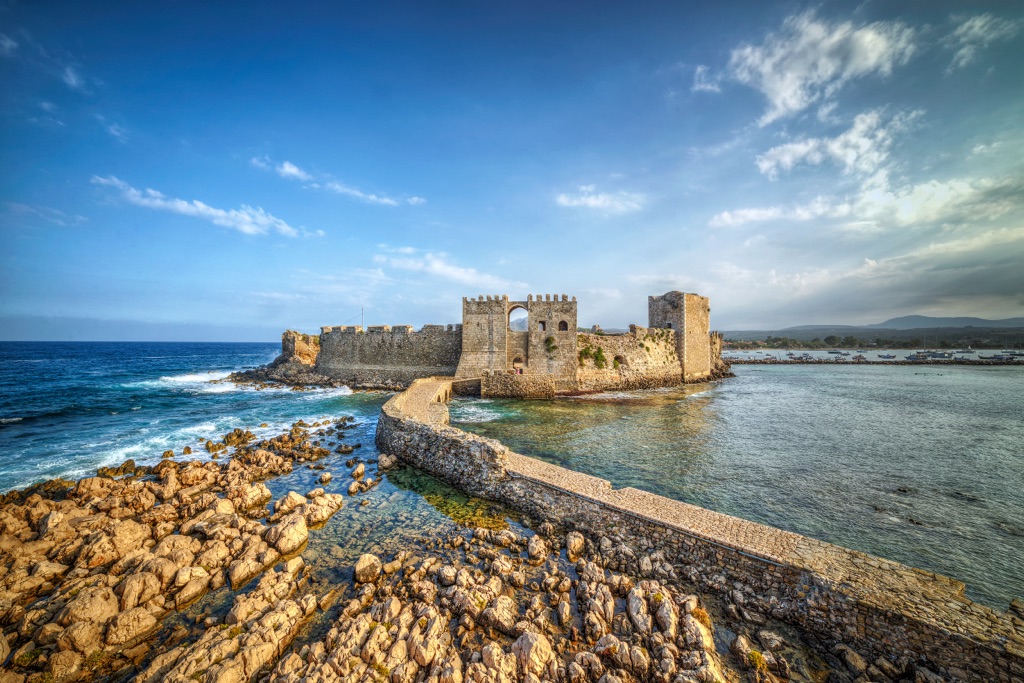
What is the historical significance of the Methoni Castle and what civilizations have used it?
The Methoni Castle holds immense historical significance as it has been a focal point of several civilizations. The Venetians, who built the castle in the 13th century, used it as a strategic base for their operations in the Peloponnese. Its strategic location made it a coveted possession among various powers.
Following the Venetians, the castle fell into the hands of the Ottomans in the 16th century. During the Ottoman rule, the castle was further fortified and served as a significant military and administrative center. It was during this period that the castle witnessed several sieges and battles.
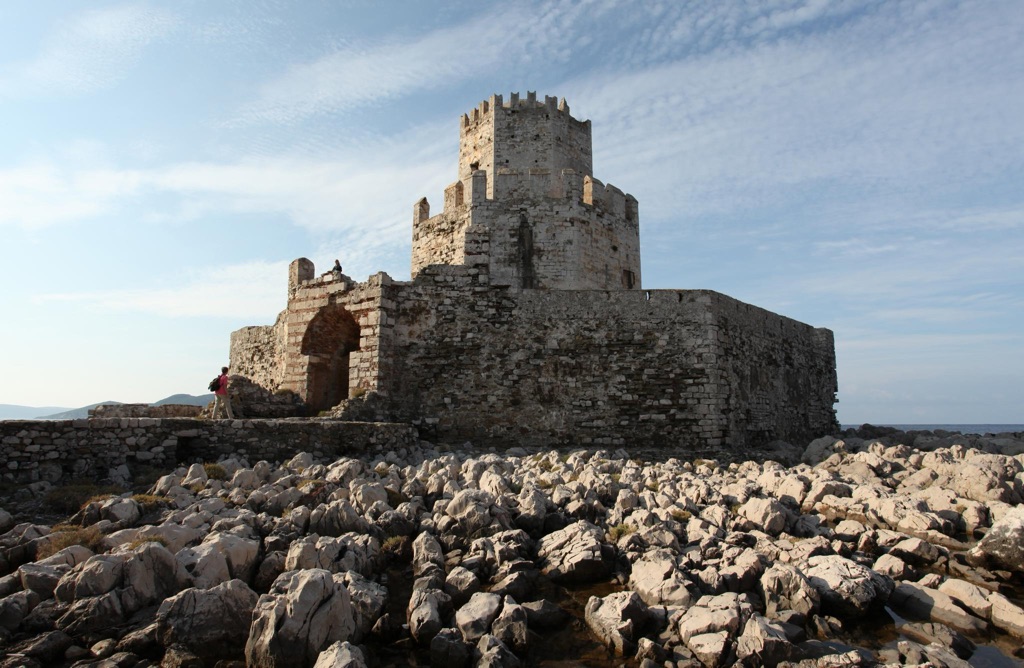
In the late 17th century, the castle was briefly occupied by the French during the Morean War (1686-1715). However, it was soon recaptured by the Ottomans. The castle continued to change hands between the Ottomans and the Venetians until the early 19th century when it was abandoned following the Greek War of Independence.
Today, the Methoni Castle is a symbol of the region’s rich and diverse history. It stands as a testament to the various civilizations that have left their mark on this historic structure.
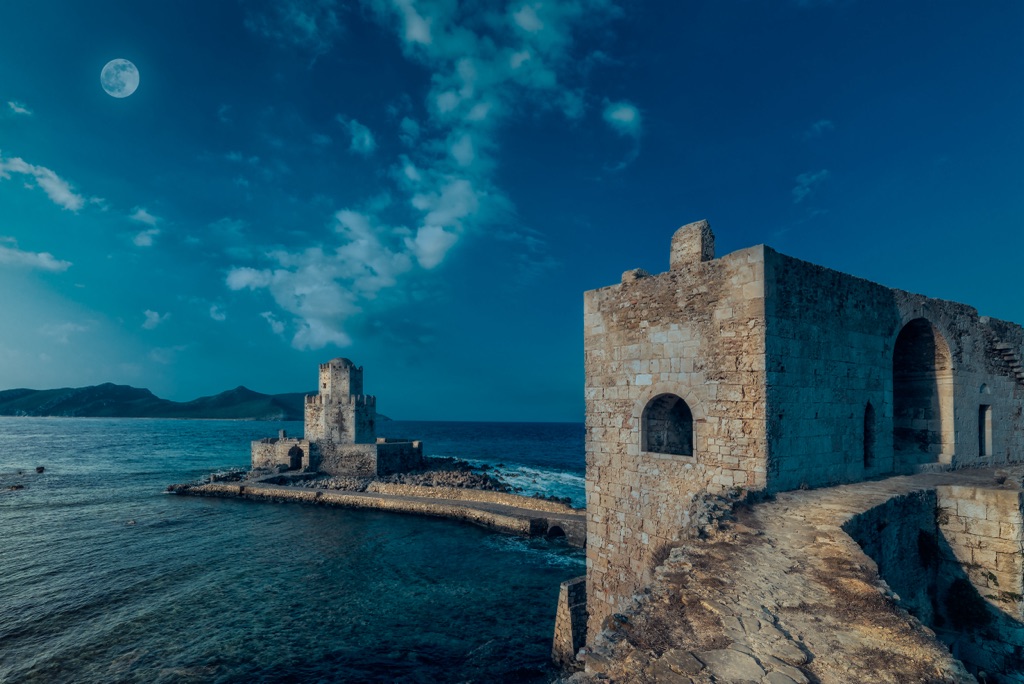
What are some of the key architectural features of the Castle of Methoni?
The Methoni Castle is renowned for its unique and impressive architectural features. Built in the Gothic style, the castle is characterized by its massive walls and imposing towers. The main entrance, known as the “Sea Gate,” is a stunning example of Venetian military architecture with its drawbridge and moat.
Inside the castle, one can find the ruins of several structures including a Venetian cathedral, an Ottoman mosque, and various administrative buildings. The castle also features a small fortified islet known as the “Bourtzi,” which served as a prison during the Ottoman rule.
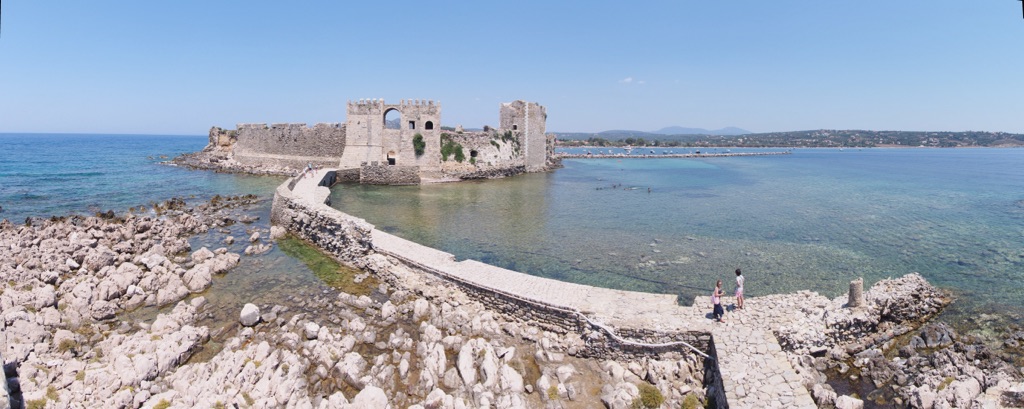
The castle’s walls are adorned with the coats of arms of various Venetian families, providing a glimpse into the castle’s Venetian past. The octagonal tower, another prominent feature of the castle, offers panoramic views of the surrounding area.
The castle’s design and layout reflect the military strategies and architectural styles of the various civilizations that occupied it. Despite the ravages of time and numerous sieges, the Castle of Methoni retains its grandeur and architectural integrity.
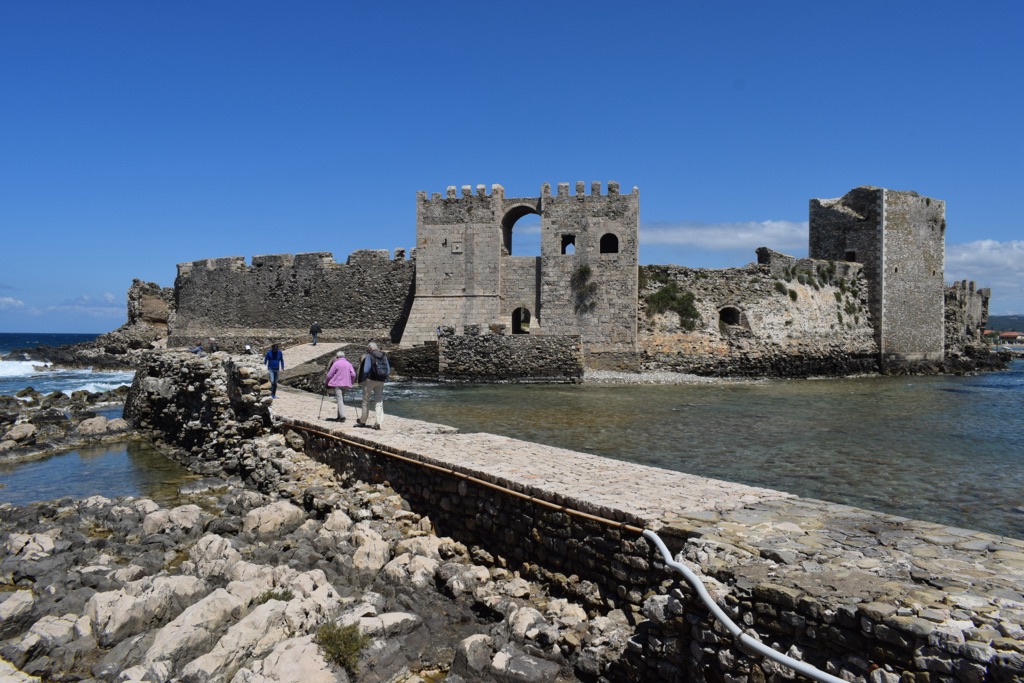
How has the role and function of the Methoni Castle changed throughout its history?
The role and function of the Castle of Methoni have evolved significantly throughout its history. Initially, it served as a military stronghold for the Venetians, providing a strategic base for their operations in the region. The castle’s formidable defenses, including its massive walls and towers, made it a formidable fortress.
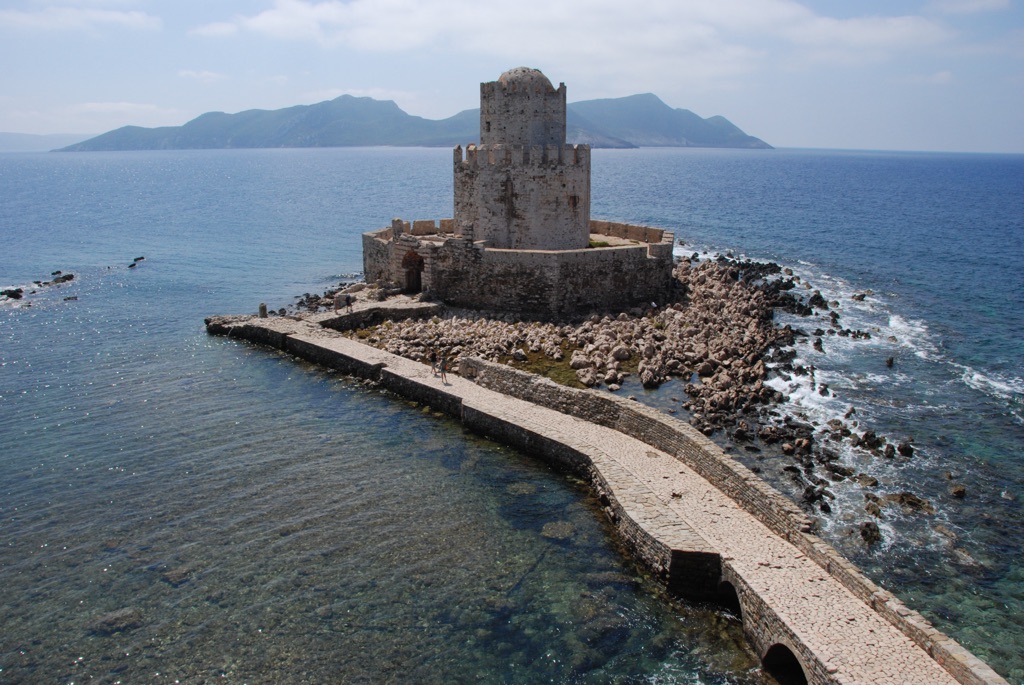
Under Ottoman rule, the castle’s role expanded to include administrative functions. It served as the seat of the local Ottoman governor and housed various administrative offices. The castle also served as a prison, with the Bourtzi islet being used to incarcerate prisoners.
During the Morean War, the castle served as a military base for the French. However, following the Greek War of Independence, the castle was abandoned and fell into disrepair.
Today, the Methoni Castle serves as a major tourist attraction. Its rich history and impressive architecture draw visitors from around the world, contributing to the local economy and promoting cultural heritage tourism.
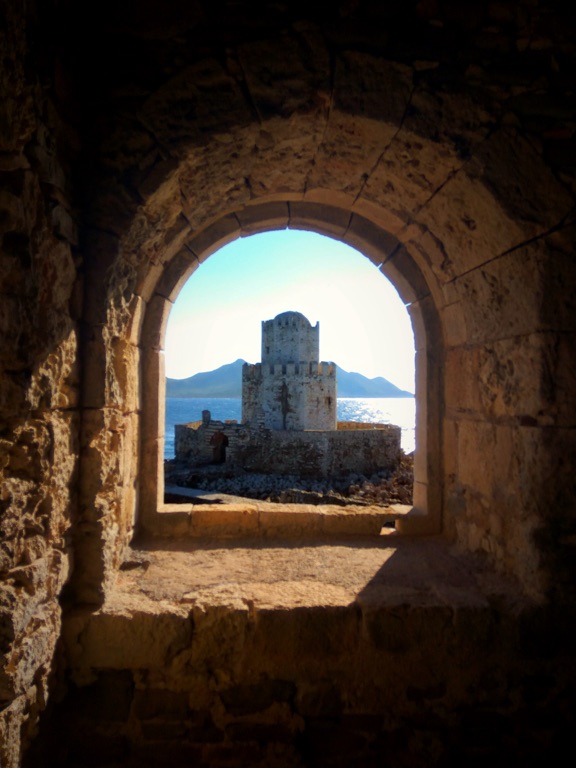
What are some of the significant historical events that took place at the Methoni Castle?
The Castle of Methoni has been the site of numerous significant historical events. One of the most notable events was the siege of Methoni in 1500, when the castle was captured by the Ottomans. This marked the beginning of a long period of Ottoman rule.
Another significant event was the Battle of Methoni in 1686, during the Morean War. The castle was captured by the French, marking a brief period of French rule. However, the castle was soon recaptured by the Ottomans.
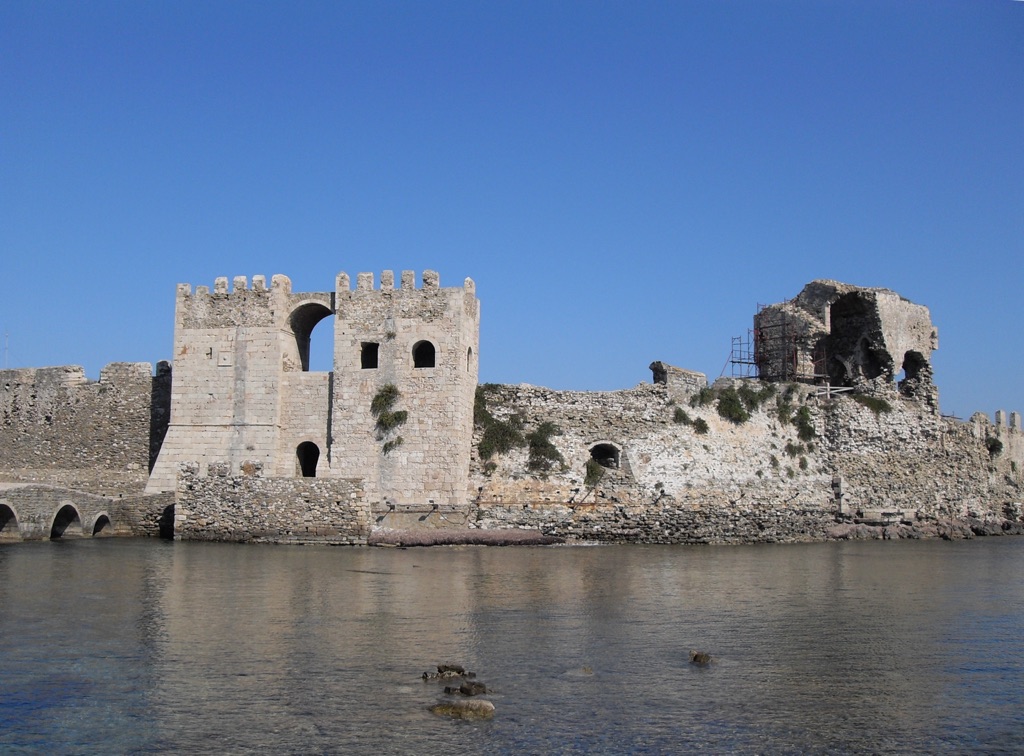
The castle also played a crucial role in the Greek War of Independence in the early 19th century. It served as a stronghold for the Greek revolutionaries and was one of the last Ottoman strongholds to fall to the Greeks.
These events have shaped the history of the Castle of Methoni and have left an indelible mark on its walls. Each event adds a layer to the castle’s rich and diverse history, making it a living testament to the region’s turbulent past.

Conclusion and Sources
In conclusion, the Castle of Methoni is a remarkable historical monument that offers a fascinating glimpse into the region’s rich and diverse history. From its construction by the Venetians to its occupation by the Ottomans and the French, the castle has been a focal point of several civilizations. Its impressive architecture, strategic location, and the significant historical events that took place within its walls make it a must-visit for history and architecture enthusiasts.
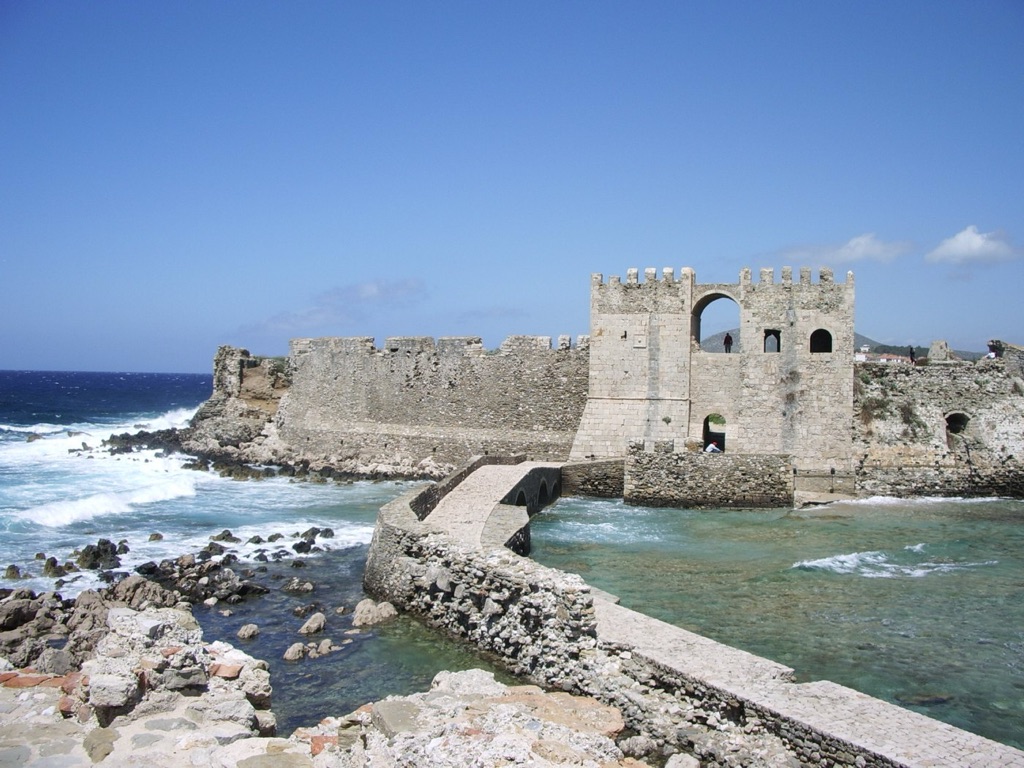
For further reading and to validate the information presented in this article, the following sources are recommended:

